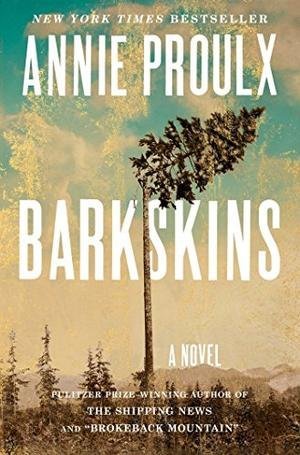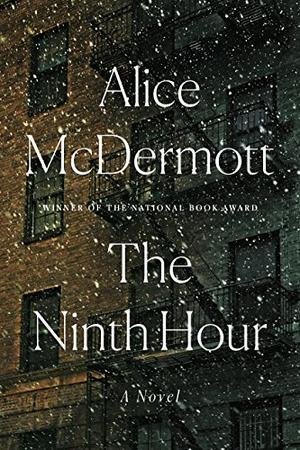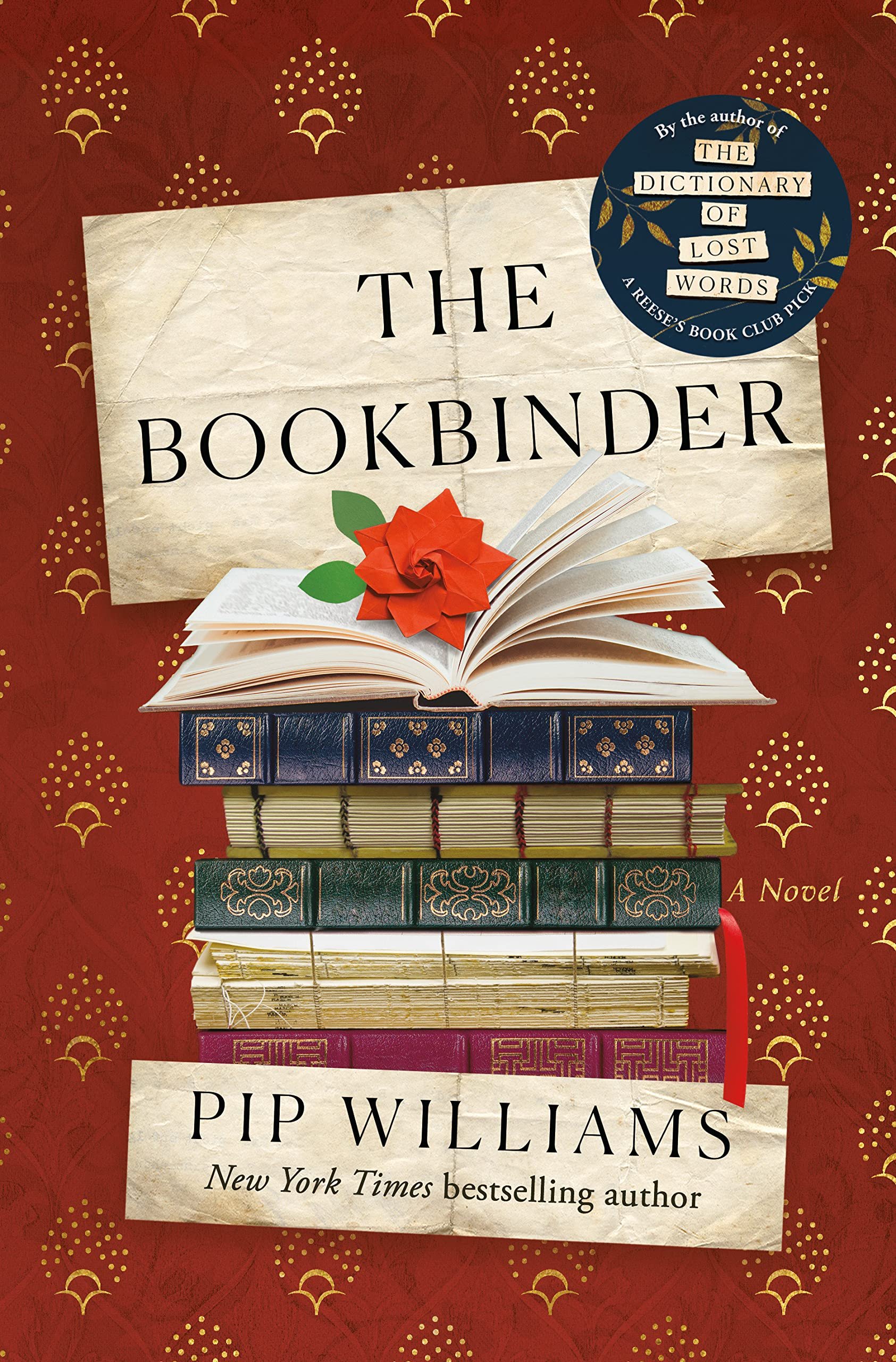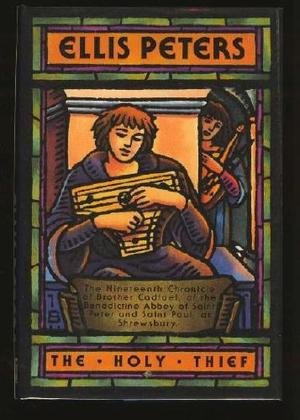The Right Sort of Man Allison Montclair (2019) In the wake of World War II, women who had taken on substantial roles in the war effort were often expected to walk away from stimulating, remunerative work to become housewives. Recently, a number of nonfiction titles, novels, and films have been exploring the ramifications of this cultural shift. For example, in the PBS series The Bletchley Circle a cast of brilliant (fictional) female codebreakers become freelance detectives, solving murders after the war. On this blog, I’ve reviewed several novels treating the issue of women adjusting to wartime and to the post-war economy and society; see links at the end of this post.
In the novel The Right Sort of Man, Iris Sparks can’t reveal her wartime work because of Britain’s Official Secrets Act, but she clearly was a spy for the Allies. The story starts in 1946, and Iris demonstrates her chops through her contacts in high places, her sharp intellect, and her ability to wield a knife against an aggressor. She has met Gwen Bainbridge, a wealthy widow who was so devastated by the loss of her husband in the war that she was confined for several months to a mental institution and lost custody of her young son. Iris and Gwen decide to become partners in establishing a marriage bureau—Iris to have gainful employment as a single woman, and Gwen to reclaim her place in the world. The services that Iris and Gwen offer are in demand as Britons return to civilian life and seek the comforts of home and family.
Alas, after only a few months of operation, The Right Sort Marriage Bureau loses one of its female clients to murder, and a man whom the bureau has matched her with is charged with the crime. Iris and Gwen have vetted their clients thoroughly and are convinced that the wrong person has been arrested. To see justice done and save the reputation of their firm, they set out to find the real perpetrator. In the course of their investigation, they run into black market gangs finding ways around Britain’s strict war-related rationing laws, which were not fully phased out until 1954.
The action moves forward, and the personalities develop, primarily through dialogue, and that dialogue is quick-witted, reflecting Iris and Gwen’s intelligence and perceptiveness. These two women have Sherlockian powers of observation and deduction as well as skills in subterfuge and in the discernment of the truthfulness of those they are interviewing. Some complex sub-plotting centers on Iris’s sex life, which is, to use Gwen’s descriptor, “adventurous.”
Who is the novelist? Allison Montclair is a pseudonym for an experienced fiction writer who’s venturing into the 20th-century-mystery genre with The Right Sort of Man. It’s a highly successful venture, capturing the immediate post-war period in London and unveiling the lives of two women who survived and thrived.
For other excellent fictional treatments of women’s roles in Britain in World War II and afterwards, see my reviews of Jacqueline Winspear’s Maisie Dobbs mysteries (2003-present) and of Anthony Quinn’s Freya (2017). On the American side of the Atlantic, check out Jennifer Egan’s Manhattan Beach (2017), and for women in post-war Germany see Jessica Shattuck’s The Women in the Castle (2017).
Although each of these titles has a separate murder mystery for Iris and Gwen to solve, there are through-lines that develop over the course of the series. Iris tries to figure how her espionage experience will fit into the post-war world, and her romantic life gets more and more complicated. Gwen keeps struggling to have her commitment as a “lunatic” legally reversed, so that she can regain custody of her young son and become independent from her in-laws. In each of the books, post-WWII London is the vivid backdrop. For best results, read the novels in order of publication.






















































